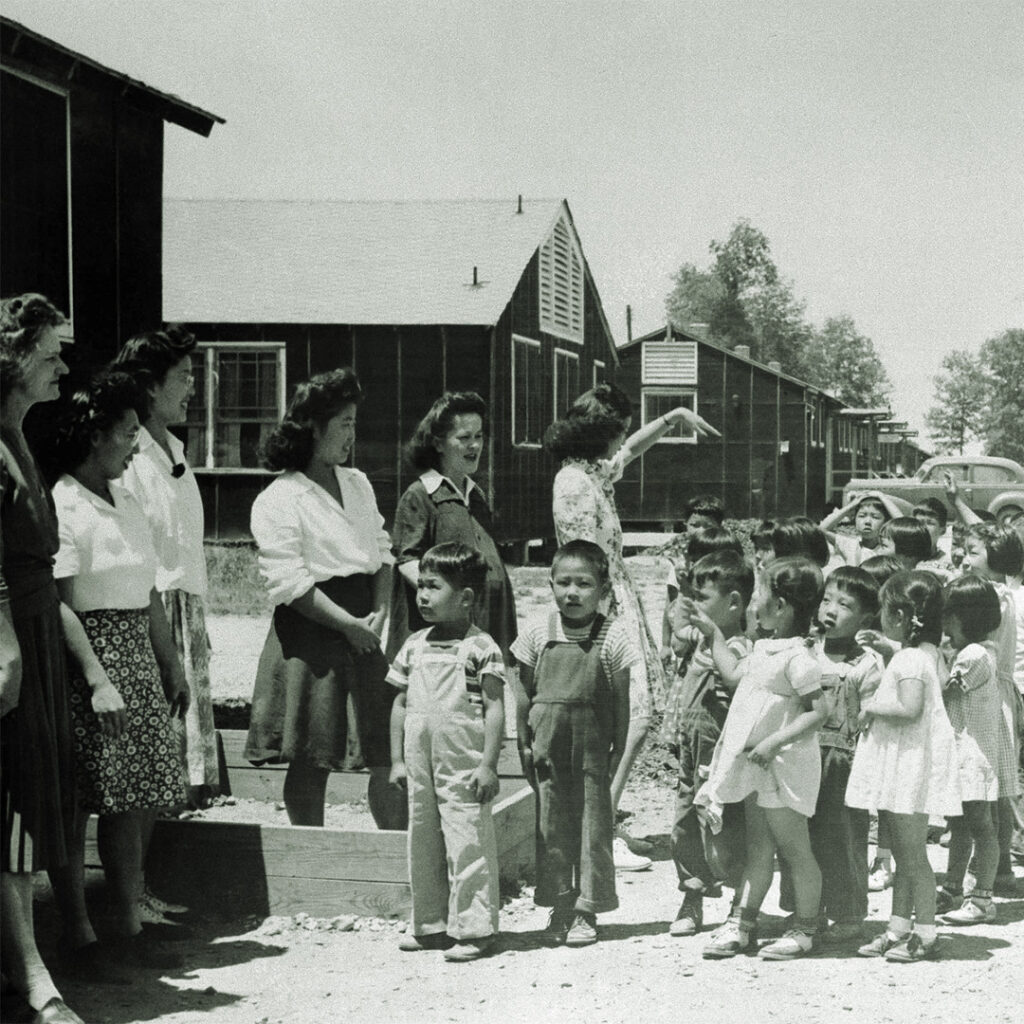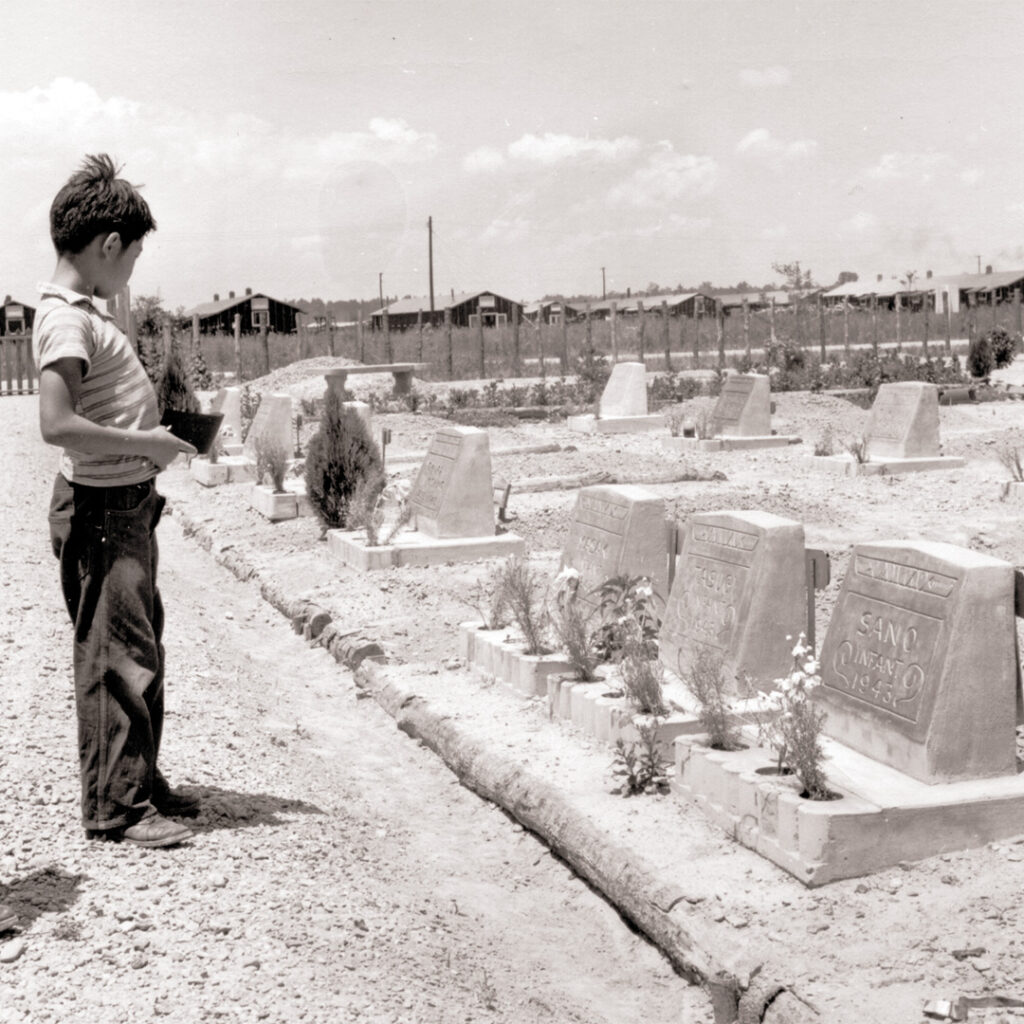The government did once try to drain the swamp, but for the wrong reason.
September 18, 1942: The Rohwer War Relocation Center opened in a remote, swampy stretch of southeastern Arkansas.
The land on which Rohwer was built had a complicated history of its own. The 10,161 acres were originally acquired by the Farm Security Administration in the 1930s, after being seized from tax-delinquent landowners. Heavily forested and swampy, the area required extensive clearing and drainage before construction could begin. Even so, the first incarcerees arrived before the site was finished.
Over the next three years, it would confine as many as 8,475 Japanese Americans — many of them children, most of them citizens — who were forcibly removed from California during World War II.
The swampy terrain made life miserable. Mosquitos and chiggers were everywhere. Summer heat was relentless, with little ventilation inside the tar-papered barracks. Mold grew quickly. In winter, temperatures dropped below freezing, and the thin walls offered little protection. Families did what they could — lining walls with cardboard, hanging up cloth partitions, and digging drainage trenches around their barracks to keep the water out. And when it rained, the swamp got swampier.



The project’s architect, Edward F. Neild of Shreveport, Louisiana, had also designed the nearby Jerome camp. Together, Rohwer and Jerome became two of the most isolated of the ten War Relocation Authority (WRA) camps. Arkansas Governor Homer Adkins initially opposed their construction, but reversed his stance after being assured that white guards would keep the “enemy aliens” under control.
Despite the bleak setting, the community at Rohwer took root. Many of the inmates were children, including a young George Takei. Schools were established within the barbed-wire fences. But tensions persisted. The controversial loyalty questionnaire — particularly unpopular in Rohwer and Jerome — sparked outrage. Only around 2% of eligible men at Rohwer and Jerome enlisted in the U.S. Army, compared with nearly 10% at the Amache camp in Colorado, which was the highest.
Violence wasn’t uncommon. In one disturbing 1942 incident, a local tenant farmer named M.C. Brown encountered Japanese Americans working in the woods under government supervision. He opened fire. One inmate was shot in the hip; another was wounded in the leg.
Additionally to hostility from the locals, even law enforcement was part of the aggression: A Desha County sheriff allegedly harassed and attacked two internee truck drivers in 1944, then proceeded to arrest and jail the men.
And yet, even within such conditions, notable figures emerged. Aiko Herzig-Yoshinaga, who lost her father at Rohwer, which had limited medial facilities, would later uncover critical evidence in the redress movement. Rohwer also produced other activists including criminologist Paul Takagi and Grayce Uyehara. Artstis, such as renowned sculptor Rush Asawa and legendary kabuki dance teacher Fujima Kansuma were also from Rohwer.



Rohwer officially closed on November 30, 1945. Today, the site is managed by Arkansas State University as a heritage site. A cemetery still stands, now listed as a National Historic Landmark. Interpretive panels and audio kiosks help preserve the memory. Nearby in McGehee, the Japanese American Internment Museum — opened in 2013 — serves as an unofficial visitor center for the camp.
Ironically, during their incarceration, some inmates called the camp “朗和” (Rōwa) — a hopeful rendering of “Rohwer” in kanji, meaning clarity and harmony. A name that stood in quiet contrast to a place designed to erase their freedoms.
But perhaps we can learn from that spirit. What was once a drained swamp filled with forced labor and injustice has become a place of remembrance — a symbol of how easily civil rights can be stripped, and how urgently we must keep telling these stories.